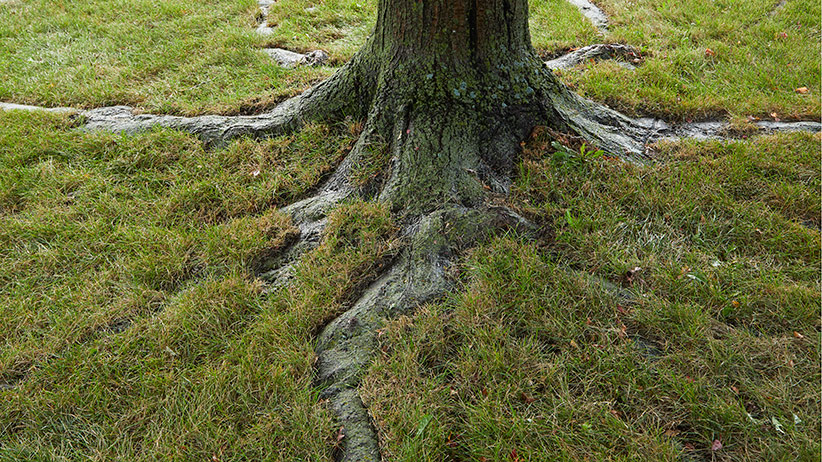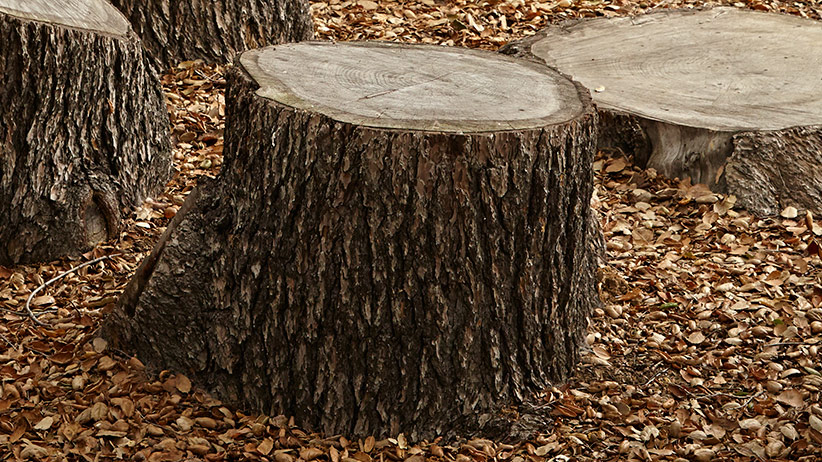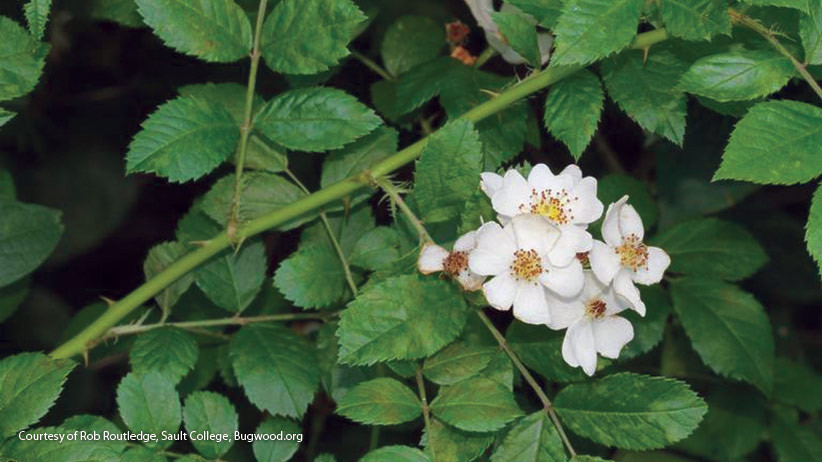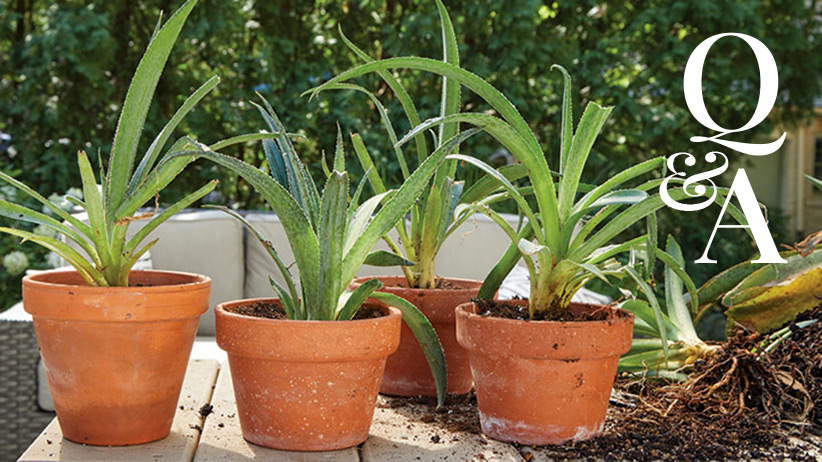Weeding is the job that can take the most time and effort, yet you never seem to get ahead. A weed is any plant, even one that used to be a “good” plant, that grows where you don’t want it to. They are competitive and can spread aggressively, and they love to grow in poor soil. There’s a lot to be done to get ahead of a weed problem, such as preventing with mulch, weed barriers, pre-emergent herbicides and other methods. But sometimes the weeds still sneak in. Let's look at how to get rid of weeds after they've showed up in your garden.
General advice for weeds in the perennial border
In shrub and perennial beds full of established plants, it’s not always easy to till or hoe weeds or simply mow them off. Hand pulling or cutting weeds off at the ground level are better weed control techniques here. If perennials are spaced far apart in new beds, mulch can be a big help until plants mature and shade out germinating weed seedlings. Pre-emergent herbicides applied in early spring around actively growing plants will eliminate new weed sprouts, but ornamental beds and borders are great places for perennial weeds to get established. Careful spot spraying can kill those individual weeds without much damage to surrounding plants. Here are 4 garden weeds that love to grow in perennial borders.
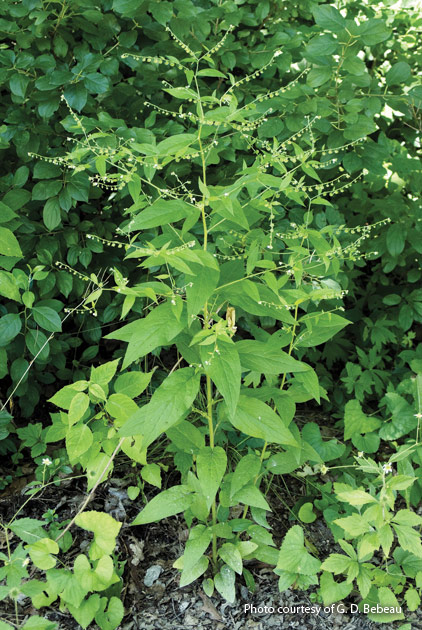
Virginia stickseed (Hackelia virginiana)
WHAT IT LOOKS LIKE Growing as a rosette in its first year, this biennial plant stretches to a 2- to 4-ft.-tall stem of oval, slightly hairy leaves in its second season. At the top, horizontal stems of tiny white flowers form in midsummer, resulting in prickly nutlets that dry and become seeds. The seed pods attach to fur and clothing, spreading this plant far and wide.
WHERE YOU’LL FIND IT Preferring light shade in woodland areas, Virginia stickseed will adapt to disturbed soil and roadside ditches, where it can easily be transferred to gardens by pets and people.
HOW TO GET RID OF IT
Dig up the plant, taproot and all, when it is in the rosette stage or cut it back before it can set seeds. If it does flower and form the sticky nutlets, deadhead the plant and collect all the parts (carefully so you don’t get them stuck to you) in a plastic bag to send out with the trash. Herbicides with 2,4-D can help kill a large stand.
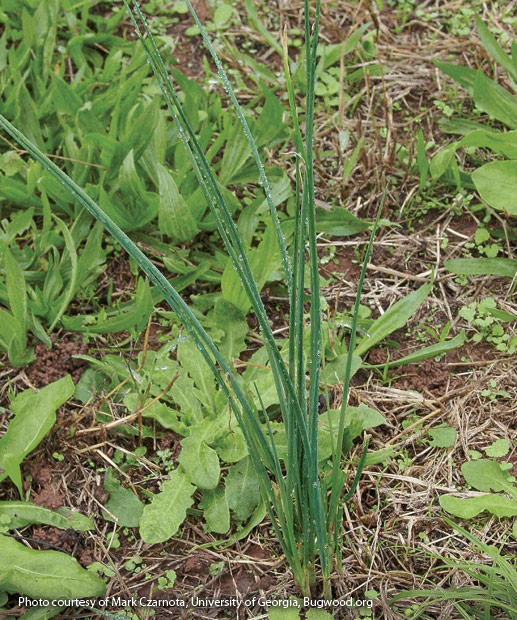
Wild garlic (Allium vineale)
WHAT IT LOOKS LIKE Wild garlic sprouts in late fall from a perennial bulb, overwintering as a clump of round, hollow stems that look like a tuft of grass. In late spring, a globe of lavender flowers grows atop a long stem, where aerial bulbs and seeds form. After blooming, the plant dies back and new sprouts emerge again in fall.
WHERE YOU’LL FIND IT Wild garlic is common in fields, lawns and gardens in almost any type of soil.
HOW TO GET RID OF IT
Pulling or digging works, but be sure to get the whole bulb or it will come back. It’s best to pull when the soil is moist, and clumps tend to come out easier as a group. Cutting back or mowing off will eventually weaken this plant. Chemicals don’t usually kill wild garlic, but products with 2,4-D applied in late fall and very early spring can prevent a plant from forming more bulbs.
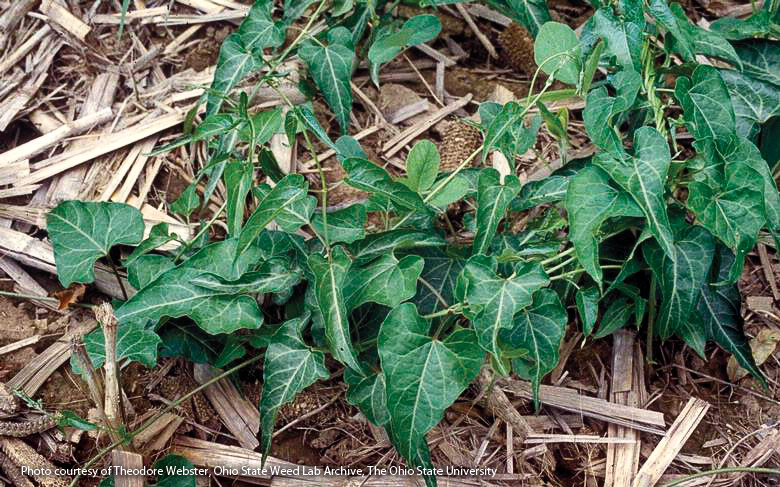
Climbing milkweed (Cynanchum laeve)
WHAT IT LOOKS LIKE Climbing milkweed is a perennial vine with 3- to 5-in.-long heartshaped leaves with white veins and milky sap. Small clusters of white flowers result in 3- to 6-in.-long pods filled with feathered seeds that fly in the wind after the pod dries and bursts open. Multiplying by seed and spreading roots, this vine seems to pop up overnight and can completely cover shrubs and small trees in just a few weeks.
WHERE YOU’LL FIND IT Climbing milkweed prefers moist, fertile soil in full sun.
HOW TO GET RID OF IT
Its stealthy habit of twining through other plants makes chemical control difficult. If climbing milkweed is smothering a plant, cut it off at the ground and wait until the stems have dried to strip it off its victim. New shoots will come up from the root at the cut base, as well as from plants you’ve pulled that broke off underground. Sprouts and seedlings will look like long, thin tendrils with a few tiny leaves. You may not want to kill this plant entirely: It is host to monarch butterflies. Instead, remove all seed pods and destroy them when they are green before they can spread.
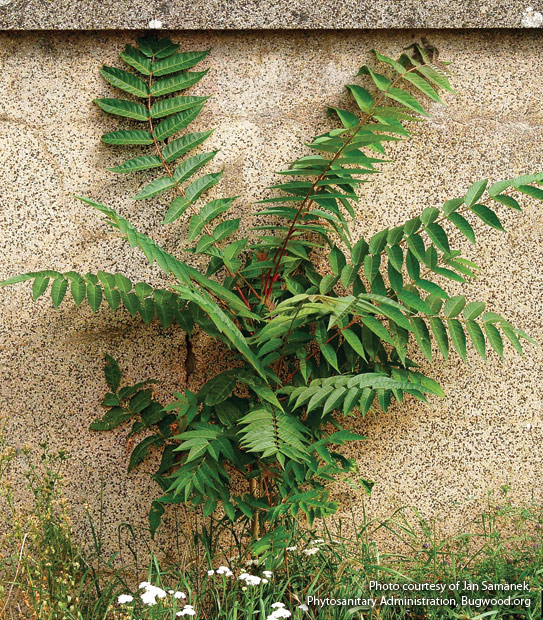
Tree of heaven (Ailanthus altissima)
WHAT IT LOOKS LIKE Tree of heaven can grow up to 80 ft. tall. Its almost 30-in.-long leaves can have 10 to 40 oval leaflets each. Leaves have a distinctive odor when foliage is crushed. It spreads by wind-dispersed samaras and root suckers. New sprouts can grow 10 ft. in one season, so don’t let it go too long or it’ll be hard to pull!
WHERE YOU’LL FIND IT Tree of heaven will sprout almost anywhere, even in a crack in the sidewalk. It prefers full sun and dry soils.
HOW TO GET RID OF IT Small seedlings can be pulled easily, but eliminating larger specimens takes more effort: Cut back the tree in midspring, leaving a 6-in.-tall trunk. Let new shoots form, then in late summer to early fall, before the plant can bloom, cut it off 1 in. from the ground. At this time, apply a brush-killer or herbicide with glyphosate directly to the stump, now weakened by trying to grow new shoots all summer. The goal is to exhaust energy reserves in the tree’s root system, which will eventually kill it. With or without the herbicide, it may take several years to eradicate a large tree of heaven.
Weeds really are a buzzkill to our garden efforts. Here are some more of our tips to control weeds.
Related Posts:
Best Weed Killers
Best String Trimmers









